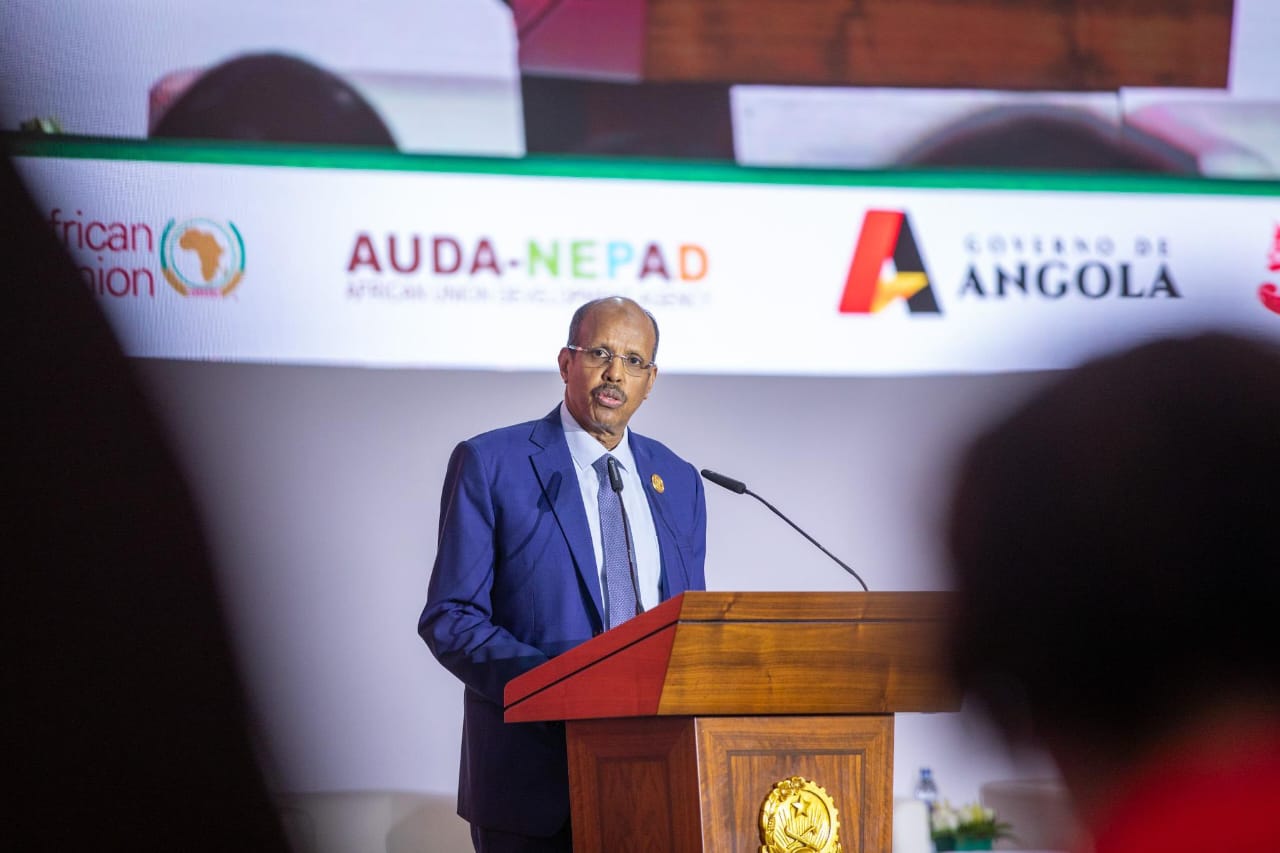The European Union’s long-teased “carbon border tax”, the CBAM is moving into its definitive phase on 1 January 2026, and African exporters are bracing for impact. Under CBAM, importers of goods like aluminium, iron & steel, fertiliser, cement and electricity will face charges based on the carbon intensity of the producing country’s manufacture and power grid.
Research by the African Climate Foundation and the Firoz Lalji Institute for Africa at LSE suggests that at a price of €87 ($101) per tonne of CO₂ under one model, Africa’s overall GDP hit could be –0.91%, equivalent to about $25 billion at 2021 levels. That is largely driven by export losses in aluminium (-13.9%), iron & steel (-8.2%), fertiliser (-3.9%) and cement (-3.1%).
Importantly, the impact won’t be uniform. Countries with cleaner power grids such as those reliant on hydropower could actually gain competitive advantage. For example, aluminium produced in a country like Mozambique (90% hydro-renewables) may face lower CBAM charges compared to the same product made in coal-based power systems like South Africa.
The CBAM introduces a hard-economic incentive: invest in renewables, reduce emissions and retain export access. As one commentator put it, “embedded carbon is the new currency of value”








Leave a Reply